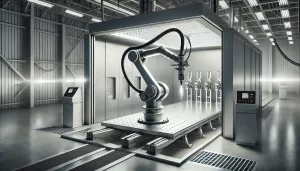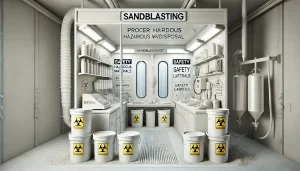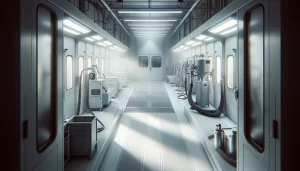The 3 Man Lift Types Used in Construction
An aerial work platform is a specialized work platform designed to safely lift workers and their equipment on indoor and outdoor worksites. Aerial lifts are differentiated from other lifts like boom lifts, based on size, appearance and use. These things are also known in the industry by many names, including man lifts, personal lifts, and personnel lifts. Self-propelled, push-around, and belt-driven man lifts are three different types of man lifts. No two man lifts are the same, but they all have a few things in common. All have similar features, but they’re used for different purposes.
1. Self-Propelled Man Lifts
The Self-Propelled Manlifter is the smallest of the group. The compact lift can raise one person and a set of tools 15 to 20 feet in the air. It’s size makes it easy to maneuver through doorways. Man-propelled lift (also known as a self-propelled manlift) is one of the safest types. This adjustable height workstation is ideal for use in small-scale indoor projects that need a moderate height increase.
2. Push-Around Man Lifts
Push-type power-lifts are slightly bigger than self-propelled power-lifts. Their height can range from 15 to 50 feet, allowing one worker and their tools to get into tight places like between rafters or around a HVAC unit. Even photographers can use the push around man lift to get a bird’s eye view of events, concerts, or gatherings happening in stadiums or other large venues. This sturdy, compact, and easily maneuvered cart makes it easier to navigate tight spaces. The sturdy frame and hydraulic wheels make it easy for one or two people to maneuver the lift through doorways and down corridors. Due to the light weight and the vertical reach, push man lifts have retractable outrigger legs that stabilize the base and prevent tipping.
3. Atrium (Belt) Man Lifts
Atrium compact crawler lifts are the largest in the group. They’re ideal for large facilities, such as factories, warehouses, etc. A lift for heavy use outdoors, such as a crane or forklift, is best for construction sites. The retractable legs and tracks let the atrium sit on a variety of surfaces, including dirt, sand and mud. The elongated neck is a unique adaptation. It’s designed to reach above 34 feet and to rotate 360 degrees. The jib joint allows for maneuvering around obstacles, like trees and power lines. Some atrium manlifts are battery powered, while others run on gas or diesel.




